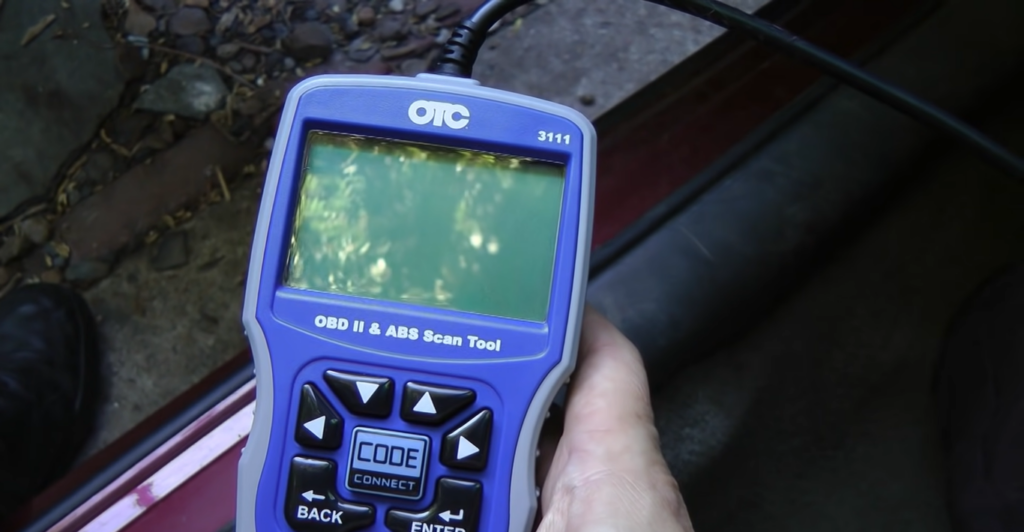A slipping transmission can be a frustrating and potentially dangerous issue for any driver. If you’re experiencing this problem, one of the first steps you can take is to perform a fluid change.
Symptoms of a Failing Transmission
If you’re experiencing shaking and changing transmission issues in your car, it’s important to take action as soon as possible. Here are some common symptoms of a failing transmission:
- The car hesitates or struggles to move when you shift gears
- The car shifts roughly or makes loud noises when shifting gears
- The car slips out of gear while driving
- The transmission fluid is low, dirty, or has a burning smell
Step-By-Step Instructions
Here’s a step-by-step guide on how to fix a slipping transmission in your car through a fluid change, based on expert recommendations:
1. Check the Electronics Problem

Before you begin any work, it’s crucial to diagnose the electric problem accurately. If your automatic transmission is shifting radically and jerking, start by checking the electronics to rule out any electrical issues.
2. Check the Transmission Fluid

The next step is to check the transmission fluid level and condition. Dirty or burnt-smelling fluid is a sign that a fluid change is needed. It may also indicate the need for a filter change.
3. Gather Supplies

For the fluid change, you’ll need a transmission drain pan, a new transmission filter, fully synthetic automatic transmission fluid, and possibly Lucas Transmission Fix if your car has rough shifts.
4. Drain the Fluid

Using the transmission drain pan, carefully drain the old fluid from the transmission. Start by removing the bolts from the lower side to minimize spillage.
5. Change the Filter

Remove the old transmission filter and replace it with a new one. This is a crucial step in ensuring proper fluid flow and preventing future issues.
6. Refill with Synthetic Fluid

Refill the transmission with fully synthetic automatic transmission fluid. This type of fluid offers better performance under high heat conditions, which is crucial for the longevity of your transmission.
7. Add Lucas Transmission Fix

If your car has been experiencing rough shifts, consider adding Lucas Transmission Fix to the new fluid. This additive can help improve shifting performance and reduce wear on the transmission.
8. Clean the Pan

Before you put the pan back into the car, it is best to clean it with carburettor cleaner. In this way, it will remove any debris left on the pan which can comprise the productivity of the car.
9. Measure and Refill

Measure the amount of fluid drained from the transmission and refill it with the same amount. This will ensure that you don’t overfill or underfill the transmission.
10. Test Drive

After completing the fluid change, drive the car for about 250 miles to assess the effectiveness of the cleaner. This will give the cleaner time to work through the transmission and address any issues before considering internal transmission work.
By following these steps, you can effectively fix a slipping transmission in your car through a fluid change. Regular maintenance and fluid checks can help prevent transmission issues and prolong the life of your vehicle.
Conclusion
To fix a slipping transmission, start by checking the electronics and fluid condition. Change the fluid and filter using a drain pan to avoid mess. Use synthetic fluid and additives for better performance. Measure and refill the fluid, then test drive to assess effectiveness before considering further repairs. Regular maintenance is key to preventing future issues.




